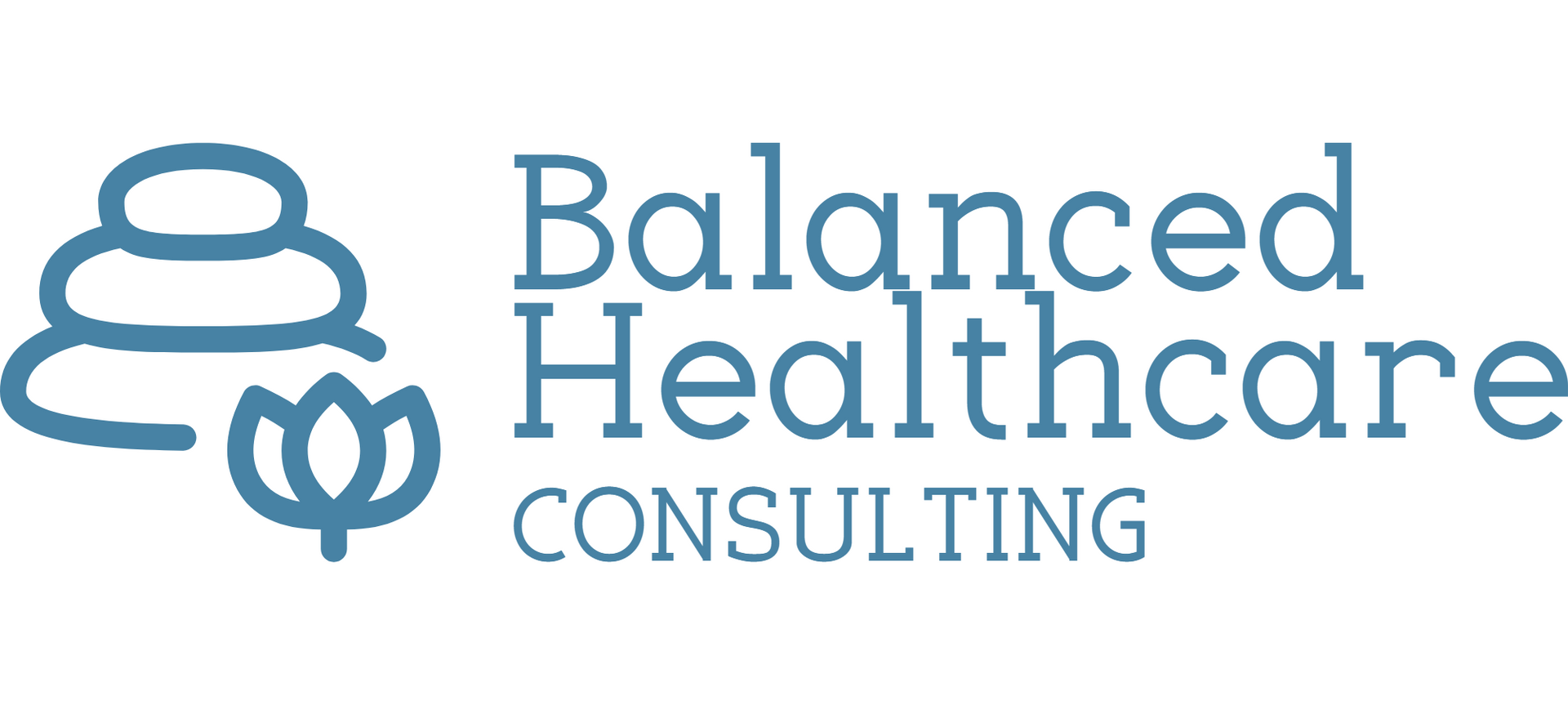
If even a seasoned nurse, like myself, struggled to comprehend medical terminology during a critical moment after my son's birth, how would a patient with no medical background understand? Follow below for some simple strategies to help create a safe and exceptional patient experience through effective communication and comprehension.

In the ever-evolving landscape of business and careers, one constant remains unshaken: healthcare professionals consistently face some of the highest stress levels known to any field. This indisputable truth raises a pressing question: amidst the relentless demands of the healthcare environment, how can we combat workplace stress effectively? Although people know many strategies to combat workplace stress, they often overlook one of the easiest and most readily available solutions- nature. But how do you bring the calming essence of nature into the hustle and bustle of the hospital environment? How Nature Combats Stress The “biophilia hypothesis” might sound like it’s a theory from a horror movie, but simply stated it’s the theory that humans have evolved from nature; therefore, they should have a natural relationship with nature. So, what happens when this natural relationship is broken? Scientists who created the biophilia hypothesis believe that the stressors and exhaustion from modern life deplete our capacity to direct attention to what is right in front of our eyes- nature. To combat this, if we can direct our attention to the innate world around us (aka the green grass, a flowing tree, a blooming bud) our parasympathetic nervous system kicks in to reduce stress because as the theory states, it is believed that humans are innately one with our natural world[i]. There is much evidence to show that nature-based interventions such as gardening and hiking effectively improve physical, cognitive, and mental outcomes in our health[ii]. But We Don’t Have a Forest at the Nurses Station! For many healthcare workers our day begins in darkness, often reporting for our shifts before 7 a.m. Then, as darkness returns, we head home once again after putting in a 12-plus-hour shift. Food is eaten on the run, and bathroom breaks become a contest of seconds. Nursing units are sterile looking by nature, so how can healthcare workers bring all of the benefits of nature into the workplace to help with stress and well-being? It is time to get creative! Bring plant life in: Plants are known to have air purifying capabilities as well as the aesthetics of the plant itself can decrease stress and improve the ability to concentrate[iii]. Great workplace plants include snake plants for their easy ability to care for as they only need low light and are pest-resistant. Another good choice is lavender, which is known for its calming aroma. Always be sure to check your workplace policies to make sure plants or flowers are allowed. Make going outside on a break non-negotiable: E ven if it’s just five minutes. Taking some much-needed deep breaths outside can give you a burst of adrenaline no triple venti caramel with six shots of espresso will ever give you. Bring the light to you: Position yourself when charting or doing desk work towards a window that either lets maximum light in or that has a view you find calming. If this is not possible consider a portable lamp that mimics sunlight. These are found relatively cheap on websites such as Amazon. Fake it until you make it: Bring pictures of nature into your space. Studies have shown that even viewing stimuli such as photos, 3D images, virtual reality, or videos of natural landscapes still had the ability to relax the body[iv]. Bring an indoor garden to your breakroom : Create a garden basket in your breakroom where coworkers bring in their favorite fresh vegetables and fruit for easy grab-and-go. The aesthetics of seeing a bowl overflowing with fresh natural vegetables and fruits alone will put a smile on your face (and make your body feel good as well!) · Start or end a shift with a mini nature retreat: Gather some of your coworkers a few times a week to either begin the day or end the shift outside. Set some time aside to simply wind down by taking a walk, perhaps sitting on a blanket, and sharing a meal. If beginning your day with the mini retreat, have each person in your group share their intention for the day. Intentions help cultivate a positive mindset and can help us navigate the day ahead. The fresh air plus companionship combined is an excellent way to decompress or gear up for what lies ahead both professionally and personally. What is your healthcare organization doing to promote “biophilia”? Many hospitals now incorporate greenery into their lobbies, walking paths, and healing gardens. Perhaps starting a committee that explores the benefits of bringing nature into health spaces is a great starting point for creating a space that is healing not only for the patients but for the healthcare staff as well. Adding Nature Can Be Simple and Fun Incorporating a few natural additions to your hospital unit is a simple, yet effective way to bring a little calmness to your workday. Adding some light, a couple of air purifying plants, or a picture of your favorite tree can make the complexities of a healthcare worker’s day just a little brighter, foster happiness, and promote a sense of tranquility. References: [i] Jimenez MP, DeVille NV, Elliott EG, Schiff JE, Wilt GE, Hart JE, James P. Associations between Nature Exposure and Health: A Review of the Evidence. International Journal of Environmental Research and Public Health. 2021; 18(9):4790. https://doi.org/10.3390/ijerph18094790 [ii] Nejade RM, Grace D, Bowman LR. What is the impact of nature on human health? A scoping review of the literature. J Glob Health. 2022;12:04099. Published 2022 Dec 16. doi:10.7189/jogh.12.04099 [iii] Charles Hall, Melinda Knuth; An Update of the Literature Supporting the Well-Being Benefits of Plants: A Review of the Emotional and Mental Health Benefits of Plants. Journal of Environmental Horticulture 1 March 2019; 37 (1): 30–38. doi: https://doi.org/10.24266/0738-2898-37.1.30 [iv] Jo H, Song C, Miyazaki Y. Physiological Benefits of Viewing Nature: A Systematic Review of Indoor Experiments. Int J Environ Res Public Health. 2019;16(23):4739. Published 2019 Nov 27. doi:10.3390/ijerph16234739


